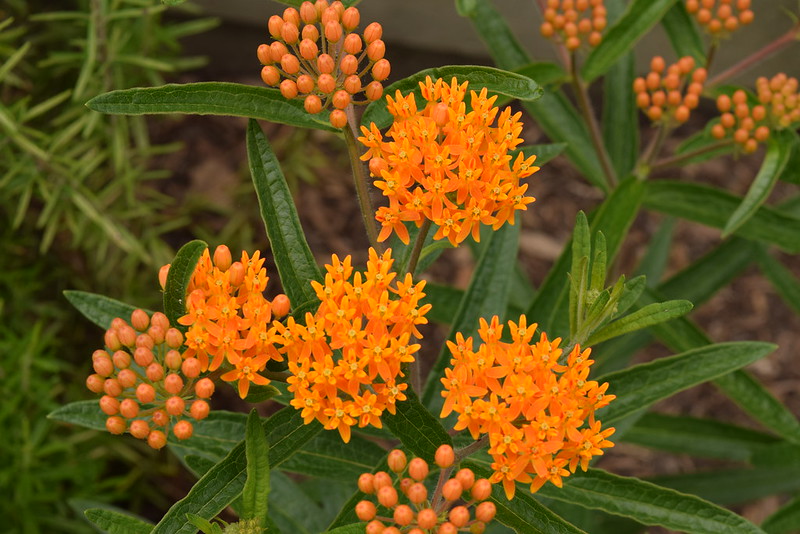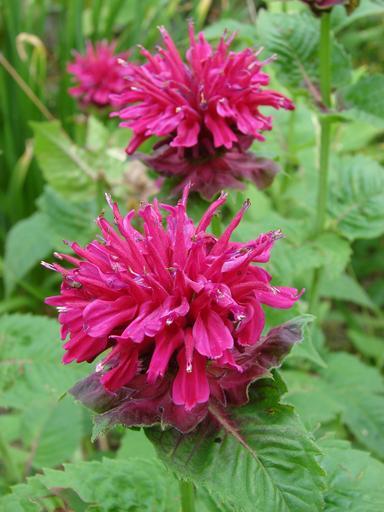
Just when you thought you were doing the right thing, along comes more information regarding mistakes to avoid in choosing native plants. Hopefully, you haven’t loaded up your garden with the following three mistakes.
If you want to offer the most nutritional value to wildlife, avoid choosing native plants that are cultivars if they have been altered in the following way (1) change in leaf color, (2) change in flower color, size and shape, and (3) plants that are touted as native–but not to your area. And all those beautiful double flowers? They’re sterile, which means they have no value to wildlife.
Natives vs. Cultivars Research
Research by Anne White, Doug Tallamy and Mt Cuba Center has shown nativars (native plants that have been altered) to be of much less value to wildlife.
Change in leaf color to red, blue, or purple had three to five times less insect foraging compared to straight natives. Nativars varying significantly in flower color, size, or shape from straight natives were also less beneficial. However, there are some exceptions.
Research conducted at Mt Cuba Center in Hockessin, Delaware showed native cultivars Phlox ‘Jeana’ and ‘Lavelle’ were much more attractive to pollinators than the straight species Phlox paniculata.
Research also showed disease resistance, changed growth habit, larger fruit, and leaf variegation had inconsistent results on insect feeding behavior. Sometimes the native was preferred, sometimes the nativar was preferred, and sometimes there was no measurable preference. How’s that for some confusing information?
Research is ongoing, so stay tuned. However, it will be impossible to test all plants, so keep these tips on mind when shopping for your garden.
Distinguishing Native from Nativar
Nativars have a name in quotes on the plant tag, such as Bee Balm Monarda didyma ‘Marshall’s Delight’. Bee Balm is the common name, Monarda didyma is the scientific name, and ‘Marshall’s Delight’ is the specific cultivar. Always look for that name in quotes! Also, look for double flowers. Straight natives have single flowers. If in doubt, ask.
Why did I include the scientific name? Because you really need to know the scientific name if you want to buy exactly the right native plant. For example, there are many species of native sunflowers in your area. Each species has different attributes and needs. Check out the best natives for your area at NWF Plant Finder.
You may also see the term wild-type native. These plants are grown from wildflower seeds collected locally. Wild-types are an excellent choice.
How to Be A Savvy Buyer
- Use straight natives if you want to provide maximum benefit to wildlife in your garden.
- Avoid nativars that have red, blue or purple leaves or double flowers.
- Try open-pollinated flowering nativars that are similar in color and shape to their native wild-type, if you are unable to locate the wild-type.
- Observe your garden to learn which plants bees, butterflies and other insects like best.
- Always ask before you buy, “Is this a straight native species or a nativar?” Most native plants in garden centers and plant nurseries are available only as cultivars.
- Check the plant tag for a name in single quotes, indicating a cultivar.
- Buy from nurseries that carry wild, open-pollinated natives whenever possible.
- Contact wildlife gardeners in your area to find sources of native wild-type seeds or plants.


Leave a Reply